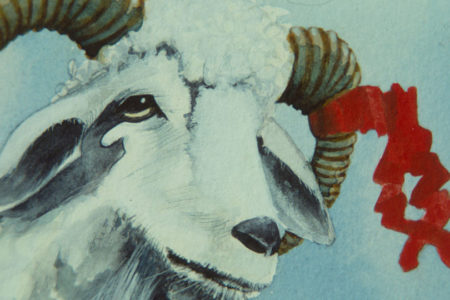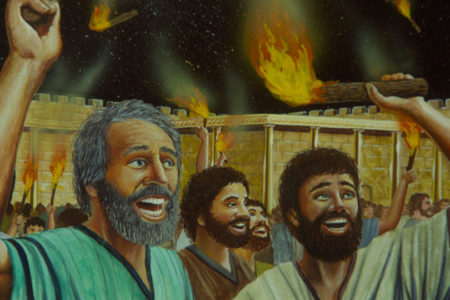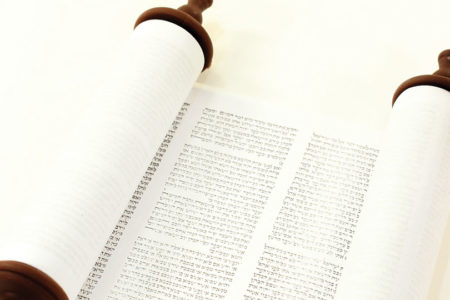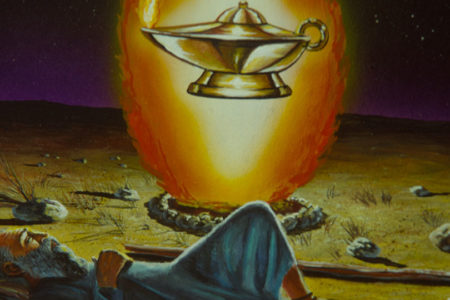Israel’s Fall Feasts
Over the centuries, Israel’s national life has revolved around her great feasts. In the days of the Tabernacle and, later, The Temple, Abraham’s sons heeded the Lord’s call to assemble “before the Lᴏʀᴅ thy God in the place which he shall choose” (Dt. 16:16).
By biblical mandate (Lev. 23), the nation observed seven feasts. These celebrations were clustered together in the spring and fall.
The spring feasts were Passover (v. 5), Unleavened Bread (v. 6), and First Fruits (v. 10). They fell within days of one another in the month of Nisan (March/April). Fifty days later came Pentecost (v. 16) in the month of Sivan (May/June).
The fall feasts were Trumpets (Rosh Hashana, v. 24), the Day of Atonement (Yom Kippur, v. 27), and Tabernacles (v. 34). They occurred in the month of Tishri (September/October).
This issue of Israel My Glory highlights the three fall feasts, which cover a period of 23 days during the Hebrew month of Tishri. Following is a list of the dates on which they occur in 1991.
Tishri 1
September 8 (sundown)
ROSH HASHANAH (Trumpets)
Beginning of the ten “Days of Awe”
September 9 (afternoon)
Ceremony of TASHLICH (throwing “sins” in a body of water)
Tishri 9
September 17 (afternoon)
Ceremony of KAPPOROT (practiced only by a few elderly Jews—swinging chicken above head and saying prayers)
September 17–18 (sundown to sundown)
YOM KIPPUR begins with saying of the Kol Nidrei prayer in synagogue; the fast of YOM KIPPUR concludes the “Days of Awe”
Tishri 11–14
September 19–22
Construction of the Sukkah for the Feast of Tabernacles
Tishri 15
September 22 (sundown)
Beginning of SUKKOT, the Feast of Tabernacles or Booths
Tishri 22
HOSHANA RABBA, conclusion of SUKKOT
Tishri 23
September 30
SIMCHAT TORAH, “Rejoicing over the Law”









Would the rapture have to be in Sept or Oct to fulfill the dates of the Jewish festivals like the first four?